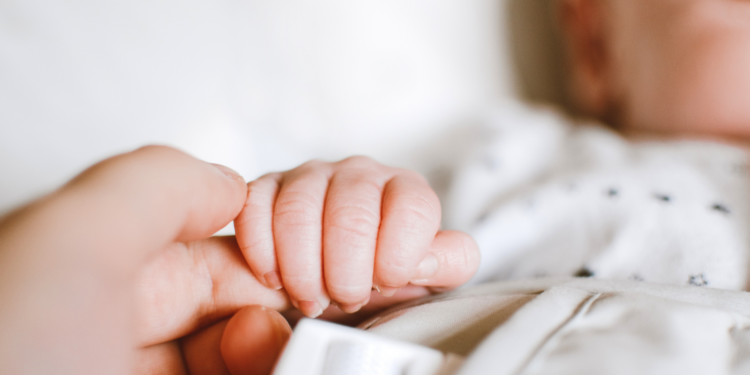The IASP defines pain as an unpleasant sensory or emotional experience associated with actual or potential tissue damage or described in terms of such damage.
Pain alerts us to injury or disease and is subjective to each person’s own unique experience thus the severity of pain with people experiencing the same condition varies.
Conditions that cause pain and fever in children include teething, earache, colic, meningitis, infection, post vaccination and trips and falls.
Symptoms of pain in infants and young children include crying, irritability, change in eating or drinking habits and perhaps touching or rubbing the site of pain.
Crying is a normally a baby’s way of expressing their needs but can be an indicator of pain, for example if the crying cannot be soothed with a bottle, a nappy change or cuddling this could mean the baby is in pain. A baby who cries while nursing could possibly have a painful ear infection. Prolonged, intense crying, often at the same time each day is common with colic and is usually accompanied with the baby drawing up their legs to their abdomen. It often starts at the age of 2 weeks, peaks at 6 weeks, and then gradually declines.









